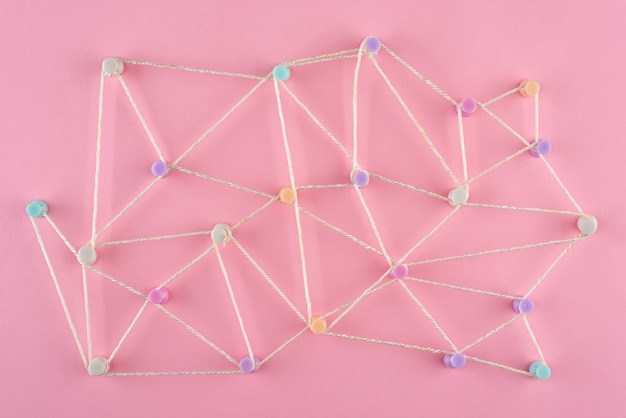Connectivity: The Game That Binds Us

Jan-Bart Picavet from Amada Miyachi Europe explains why anisotropic conductive film (ACF) bonding is becoming a popular choice for advanced automotive safety and driver assistance systems.
ACF bonding has been around for years, helping create electrically conductive adhesive bonds between different types of circuit boards, glass panel displays, and flexible foils. This technique involves heating and cooling an adhesive filled with conductive particles under pressure.
ACF bonding is particularly effective for making fine pitch connections, which is why it’s gaining traction in automotive safety and driver assistance systems. With the rise of autonomous driving and the increased use of displays and cameras, the need for reliable communication and sensor applications will only grow, further boosting the use of ACF bonding.
One of the key benefits of ACF connections is that they take up less space and are more cost-effective and reliable than other methods, such as zero insertion force (ZIF) connectors, board-to-board (BTB) connectors, or traditional soldering.
Basics of ACF Bonding
ACF bonding involves creating electrically conductive adhesive bonds using anisotropic conductive adhesive or film. This method is mainly used for connecting to printed circuit boards (PCBs). The adhesive material, which comes in reels, serves three purposes: it ensures an electrical connection, insulates adjacent terminals, and provides adhesion.
The adhesive contains small, spherical conductive particles. When these particles are compressed and heated, they form an electrical connection between components. The conductive particles can be made from materials like foil, flex, or paste, and are evenly distributed to maintain consistent density and thickness.
Before ACF bonding, the particles are separated by an adhesive matrix. The parts to be joined are placed together with the adhesive in between and tacked, a step known as ACF laminating. A heating element then presses the circuit boards together, causing the adhesive to flow and trap the conductive particles, which create an electrical connection. These particles form a conductive interface between the pads on the two surfaces, conducting electricity only in the Z axis.
The joint is stabilized by cooling and fully curing the adhesive while it is still compressed. Thanks to the low filler content, there’s no risk of short-circuiting between adjacent tracks.
Using a scanning electron microscope, you can see a hollow conductive particle squeezed between two conductive tracks. Each particle is about 5 micrometers in size, and typically, 100 to 1000 particles are involved in one connection.
The adhesive is usually made from a mix of thermoplastic and thermosetting (also called thermohardening) glues, combining the best properties of both materials. The conductive particles themselves can be solid or hollow and are often made of graphite, gold, or gold-plated plastic.
Graphite particles are sharp and useful if one of the connected materials has a thin isolating oxide layer. However, they are not elastic, leading to higher resistance, and are hygroscopic, meaning they absorb moisture and can cause corrosion.
Gold particles are not hygroscopic and offer lower contact resistance than graphite, but they can be more expensive. Gold-plated plastic particles are compressible, allowing for lower contact resistance due to better surface contact between the tracks.
In summary, ACF bonding provides a reliable, space-saving, and cost-effective way to create electrical connections, making it ideal for the increasingly sophisticated systems in modern vehicles.